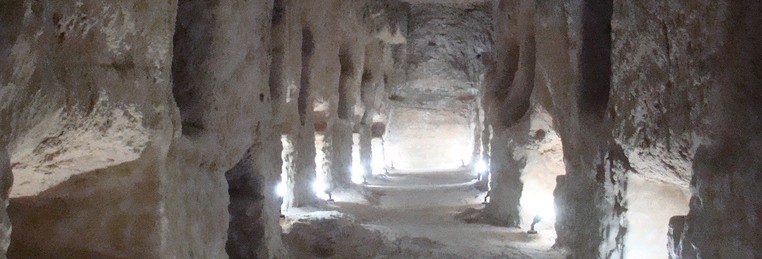During the excavations of Alexandria at the dawn of the twentieth century, a pair of pink granite sphinxes were discovered. The original placement of the sphinxes are unknown due to the large number of new constructions at Alexandria from the Ptolemaic through Roman periods and the eventual destruction of the temple at the hands of the Christians; “the site’s decimation over time was such that when Alan Rowe explored it in early 1940s, he relied mostly on foundation deposits and traces cut in the bedrock to suggest the original plan of Ptolemy III’s Serapeum and Ptolemy IV’s temple of Harpocrates.”10 During his excavation during the early 1940s, Egyptologist Alan Rowe found fragments of widely varying dates, such as pre-Ptolemaic, Egyptian-style royal sculptures and Greek-style marbles. In addition, Egyptian-style, naophorus statues of high priests of Ptah (such as Psenptais I and Patobastis I) were found near the Serapeum; one of the roles of priests involved advising the king on his Egyptian-style images. Alexandria’s Egyptian elements, particularly the statues of priests, could mean that the sphinxes were originally erected there and would reflect early Ptolemaic efforts to develop relations with the native clergy.
10. Stanwick, Paul Edmund. Portraits of the Ptolemies: Greek Kings as Egyptian Pharaohs. Austin: University of Texas, 2002. 17


